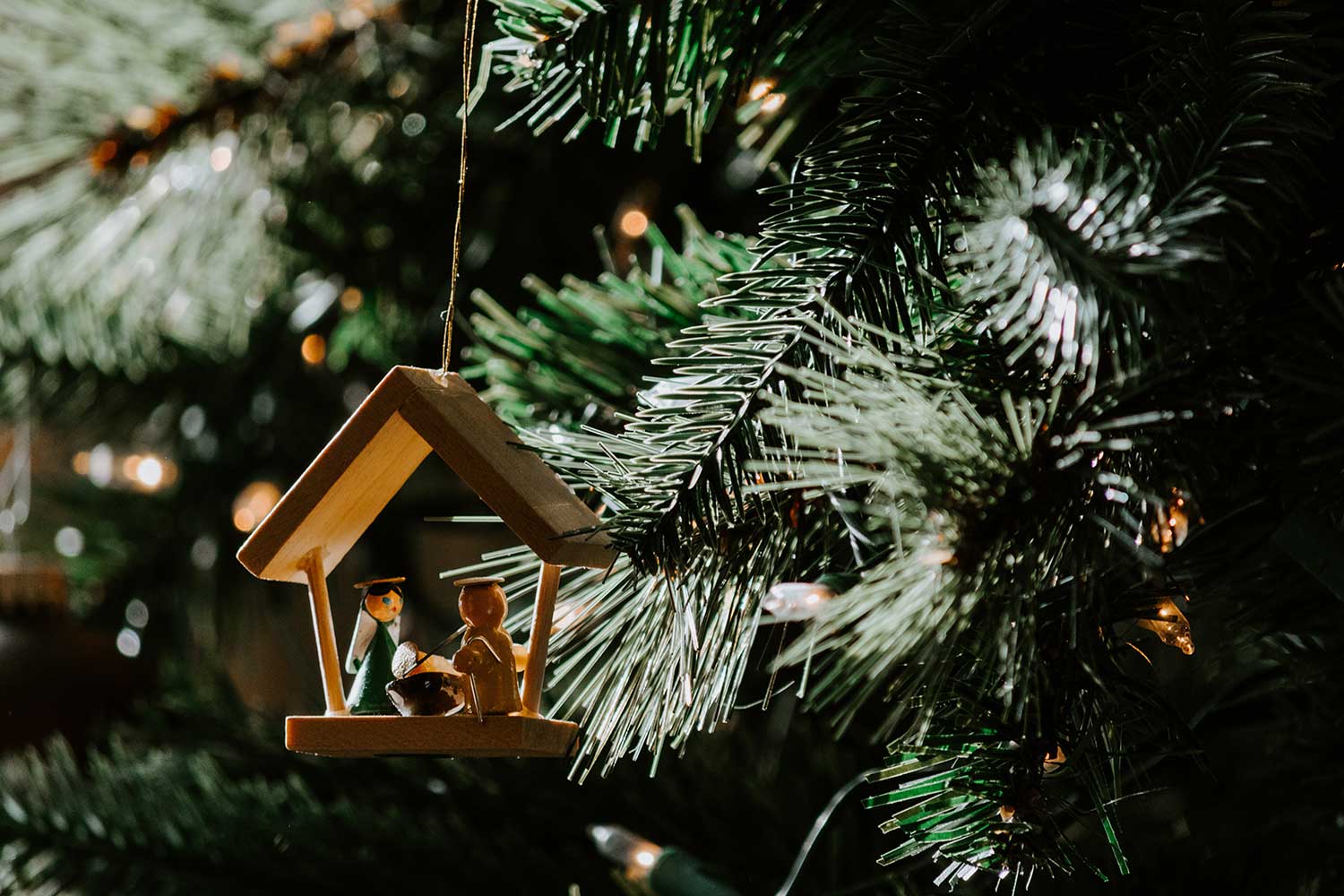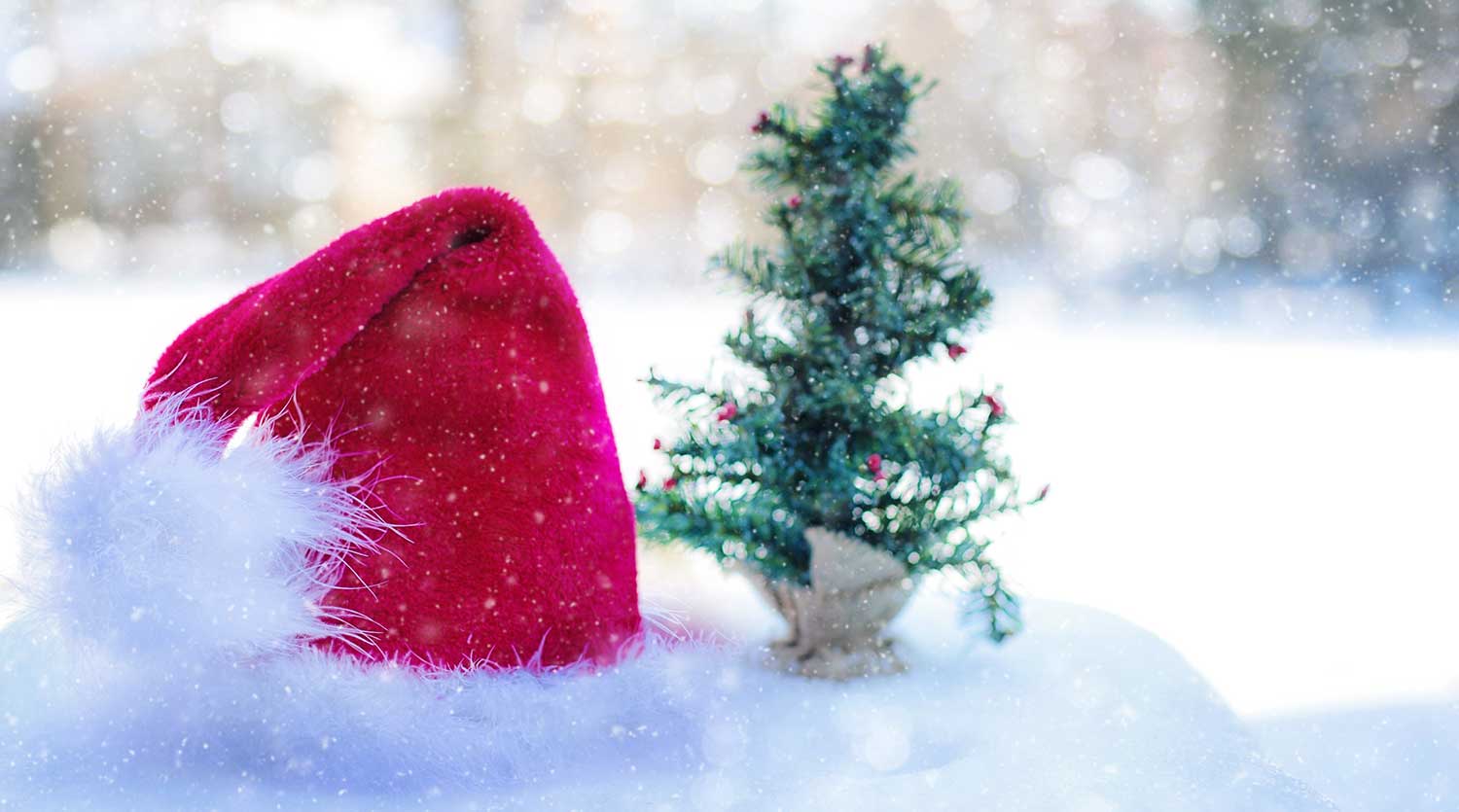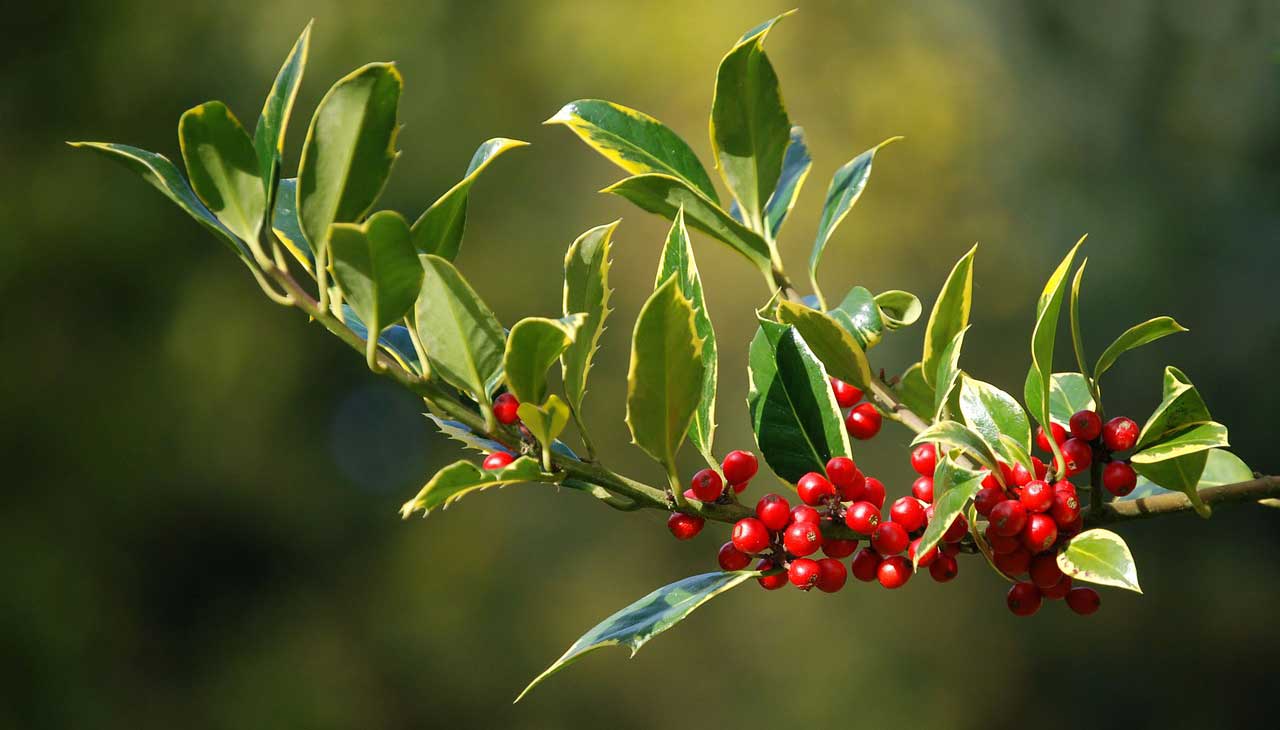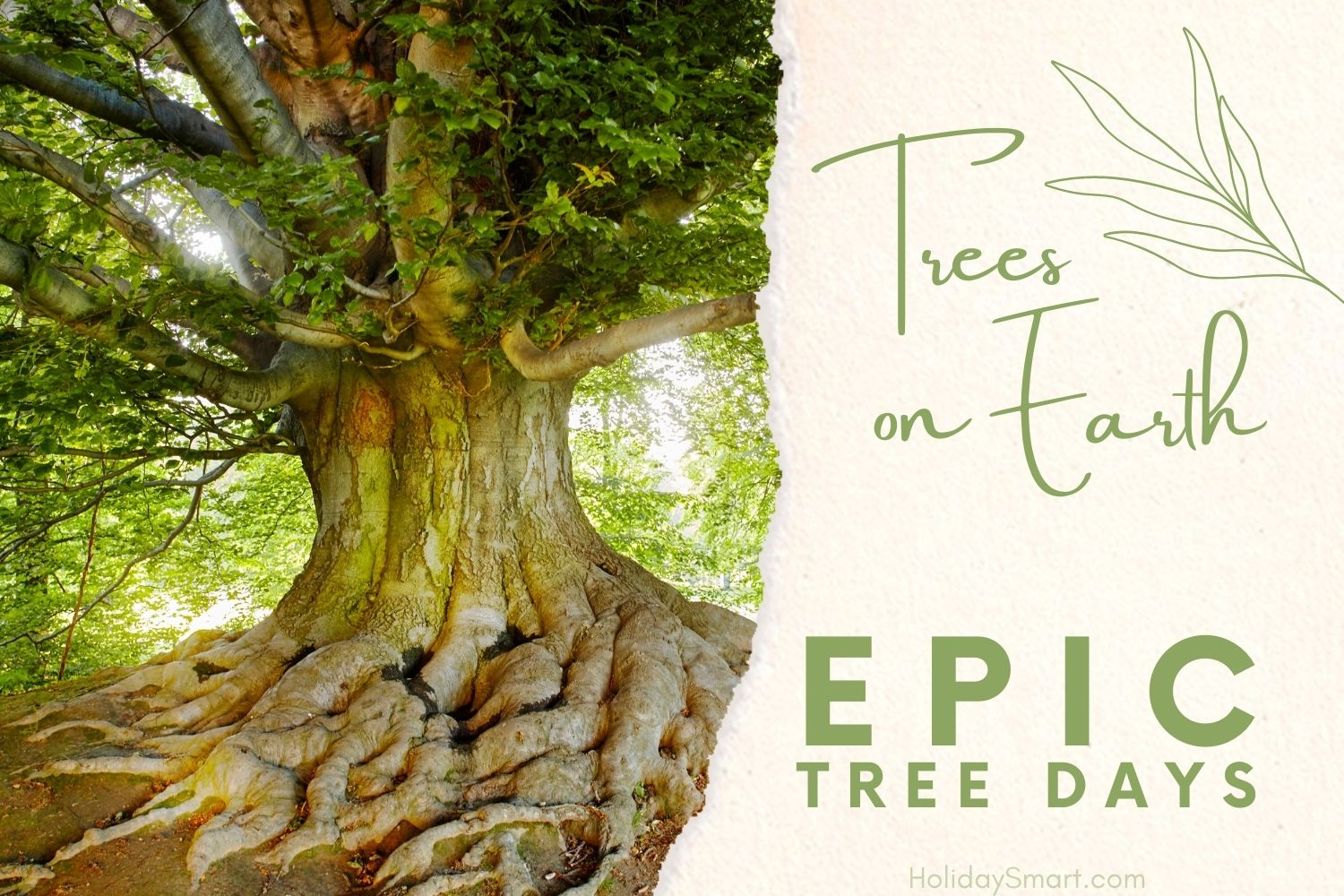Why Red and Green are the Colors of Christmas

Anytime you see red and green together, a certain holiday undoubtedly springs to mind.
Have you ever wondered why we associate red and green with Christmas? The colors are ubiquitous during the holiday season, whether its green trees, red stockings, or red and green colored lights, ornaments, sweaters, or wrapping paper.
When did we decide red and green were Christmas colors?
There are many proposed explanations, ranging from medieval history to religious symbolism to advertisements. Spike Bucklow from University of Cambridge offers a possible explanation for our associating red and green colors with Christmas. In the medieval ages, colors held extremely powerful symbolism. Medieval churches used red and green color-schemed rood screens to separate spaces, such as praying areas or the more sacred space of the alter.
He argues red and green symbolically demarcated spatial and spiritual boundaries and transitions, including temporal ones, such as the end of the year, which was marked by the winter solstice, and which later coincided with Christmas. He told --- “Choosing red and green would have been a question of pigment availability, but it would also have represented a tradition based on a consciously chosen symbolic meaning.” Bucklow believes the Victorians, who established many of our modern Christmas traditions, revived these symbolic colors.

Another possible explanation is religious symbolism. Wonderopolis.org says green is associated with Christmas because it symbolizes the eternal life of Jesus Christ; similarly, red represents the blood shed by Jesus during his crucifixion. Also, miracle plays used to be performed on Christmas Eve: apples were tied onto pine trees to re-create the tree in paradise that caused Adam and Eve’s fall, and this practice eventually spread into people’s homes, establishing the Christmas tree tradition and red and green as Christmas colors.

Time.com refers to Arielle Eckstut, author of The Secret Language of Color, for another possible explanation. Eckstut says that although red and green mistletoe was long used in winter solstice celebrations pre-dating Christmas, the association of red and green with Christmas wasn’t firmly established until the 1930s when Coca Cola created its famous Christmas Santa advertisements. She argues Coca Cola created the Santa we celebrate today: a real character, not just a man in costume, who’s jolly and large in a red suit and white beard, and who stands next to a green Christmas tree.

Eckstut told NPR: "It solidified in our collective imaginations the red of Santa's robes with the green of fir trees and holly and poinsettia that we already had in our minds…. This particular shade of red and green came to signify Christmas."
There is no clear answer for why we use red and green for Christmas—sometimes our origin stories are lost in translation; however, today it is a pervasive tradition, and these possible reasons for our custom can make its use even more meaningful.




